Take inventory of what you already have
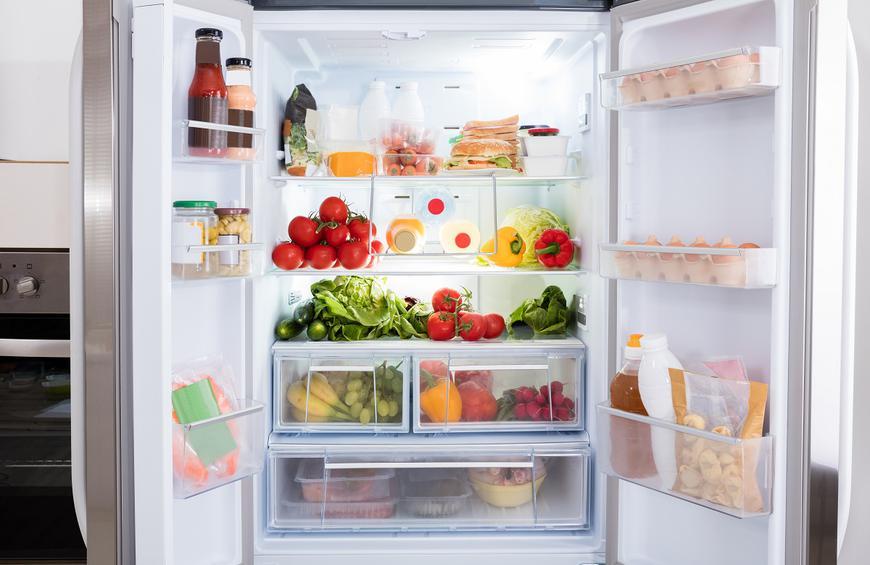
AndreyPopov/iStock/Getty Images Plus
Before you leave for the grocery store, take inventory of your pantry, fridge and freezer. If there’s anything on your list that you have in your kitchen, be sure to cross it off. It’s a waste of food and money to buy something you don’t need.
Rotate the pantry
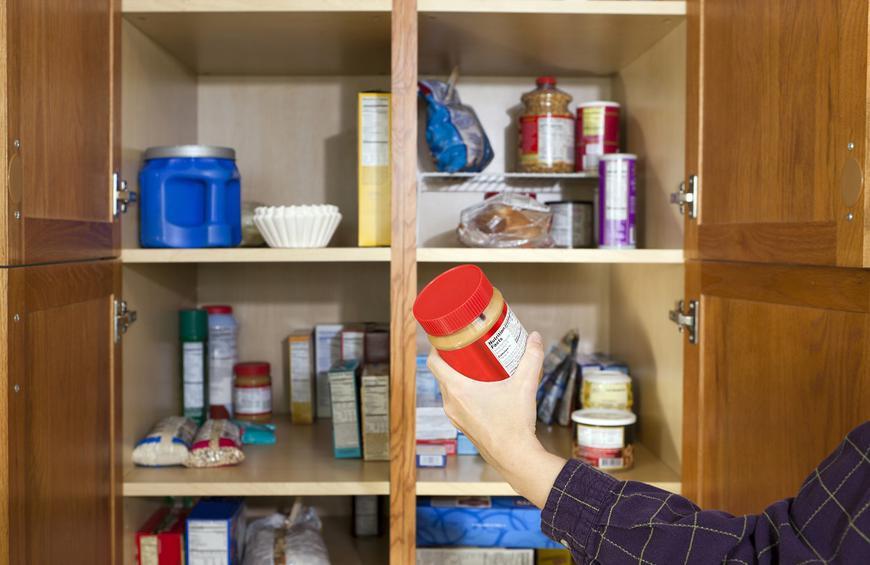
JulNichols/E+/Getty Images
Restaurant kitchens always implement FIFO when organizing produce. It stands for “first in, first out,” meaning that you should always use what you have on hand before opening your latest purchases. At home, this means using up a bottle of ranch dressing before buying Caesar dressing or finishing a bag of potato chips before adding another one to your pantry.
Limit your trips

Tom Werner/DigitalVision/Getty Images
Instead of making multiple trips to the grocery store each week, pack your shopping into one weekly trip to get everything you need. The more often you visit the supermarket, the higher the likelihood that you will make impulse purchases.
Don’t shop hungry

Image Source/Getty Images
Going to the grocery store hungry is a sure way to spend more money than you want to. If you eat a filling snack before shopping, your stomach won’t convince you to impulsively buy things you don’t need — no matter how delicious they look.
Make a meal plan

yulkapopkova/E+/Getty Images
Planning what to cook for a week’s worth of meals will ensure you buy just what you need, without anything in excess. To make it easier, start by planning your meals based on proteins and vegetables, and consider additional recipe ideas that utilize those ingredients. For example, if you plan to make a beef and carrot stew one night and you have leftover carrots, use them to make roasted carrots as a side the following night. Similarly, if you have roast chicken on Monday, you can plan to use the leftover chicken another day for soup or enchiladas.
Stick to your shopping list

monkeybusinessimages/iStock/Getty Images Plus
Before you go shopping, write a list of everything you need to buy. When you go shopping, do not buy anything that is not on your list. Those little additions to your basket or cart add up; sticking to a list can keep you on budget and help save money in the long run.
Price match
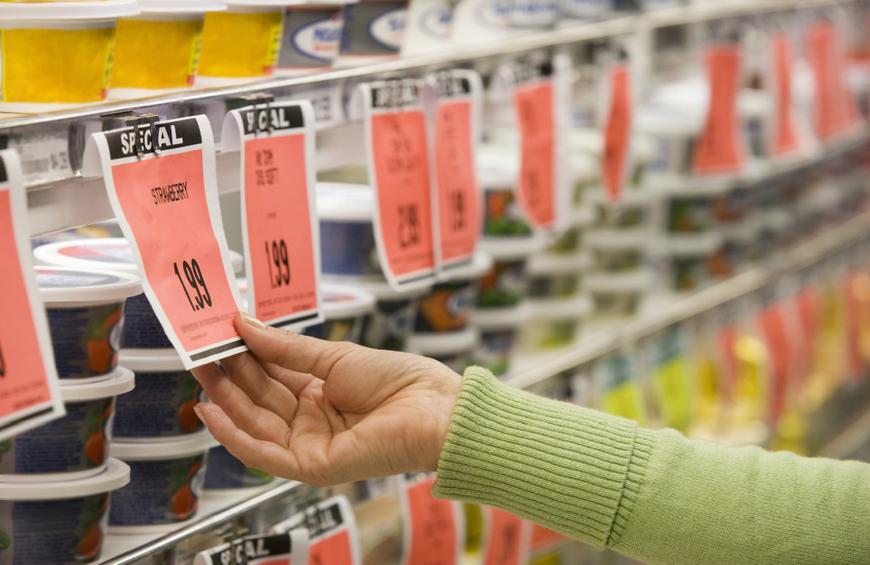
FangXiaNuo/iStock/Getty Images Plus
If you have a few good grocery store options in your area, try price matching. If you know that one store is running a meat sale, pick up your proteins there and then head to another store that has great prices for produce.
Use store loyalty programs

andresr/E+/Getty Images
Sign up for a store’s loyalty program to make the most of sales and discounts. You’ll also gain access to resources like personalized coupons and money-saving apps.
Listen to upbeat music

Blackzheep/iStock/Getty Images
Grocery stores intentionally play relaxing or midtempo music to encourage shoppers to slow down and take their time. It’s a business technique proven to get shoppers to buy more than what they need, so the next time you head to the store, bring some headphones and listen to something that makes you want to move along.
Shop alone

sergeyryzhov/iStock/Getty Images
When shopping with a spouse or children, it’s easy to load up the shopping cart with unnecessary items. If you leave everyone at home, it will be much easier to stick to a budget.
Figure out the best time to shop

Alistair Berg/DigitalVision/Getty Images
Some stores sell items from the day before at a lower price the next morning. Alternately, others mark down bakery, deli or other items in the evening. See if your supermarket offers marked-down items at particular times and snatch them up by doing your shopping then.
Buy store brands
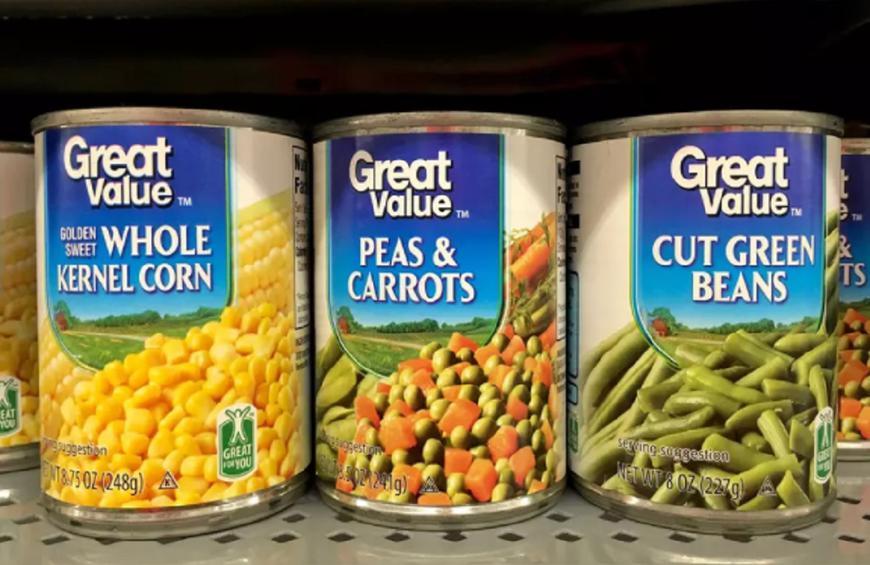
Sheila Fitzgerald/Shutterstock
Only buy what you can eat

tetmc/iStock/Getty Images Plus
Don’t let your eyes be larger than your stomach (or wallet) and only buy quantities you know you will consume. You may think that buying five pounds of chicken thighs is economical, but if it goes bad before you have the chance to cook it, you’ll be throwing chicken and money in the garbage. Buying only what you need each week will save you big bucks; it’s also an effective way to avoid food waste.
Shop in season

MEDITERRANEAN/E+/Getty Images
Avoid buying produce that is out of season if you can. The items won’t be at their freshest and they’ll also be more expensive. Shop seasonally and you can buy fruits and vegetables that are cheaper than their non-seasonal counterparts — plus they’ll be tastier!
Get multiple meals from one large item
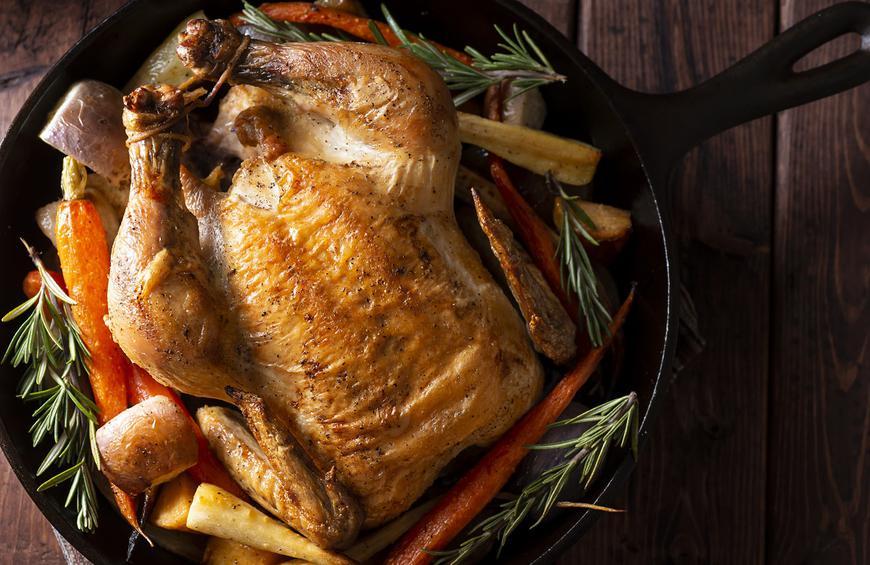
rudisill/E+/Getty Images
Weigh your produce
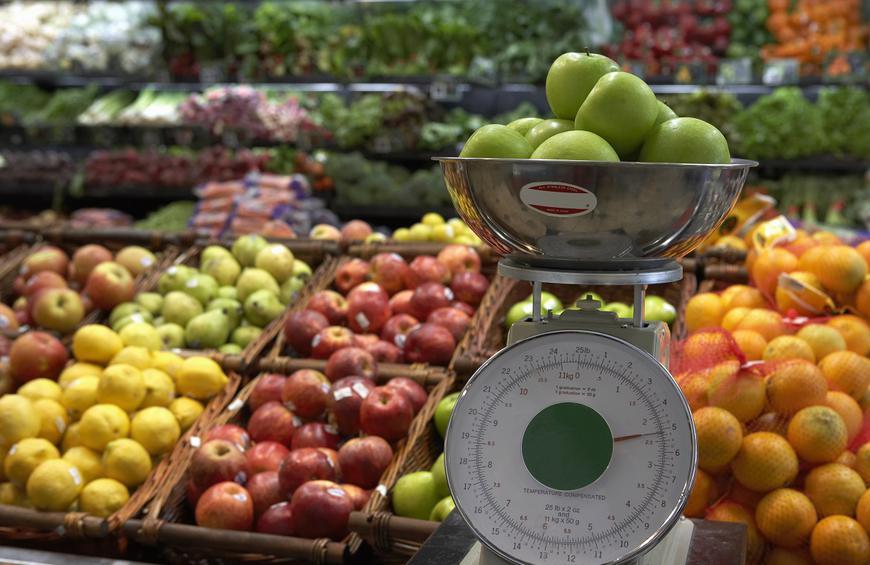
Noel Hendrickson/Photodisc/Getty Images
When you see a sign that says 50 cents for cucumbers or $1.99 for apples, you may think it’s a steal, but the price per pound can add up when you start adding a bunch of produce to your cart. Weigh it first and calculate what the total price will be at checkout.
Shop from the bulk bin

Luis Alvarez/DigitalVision/Getty Images
Instead of buying pre-packaged ingredients, buy from bulk bins instead. Bulk buns offer pricey staples like nuts, coffee, spices and grains. They give you the chance to measure out your portion sizes so you don’t buy anything in excess.
Put blinders on when checking out
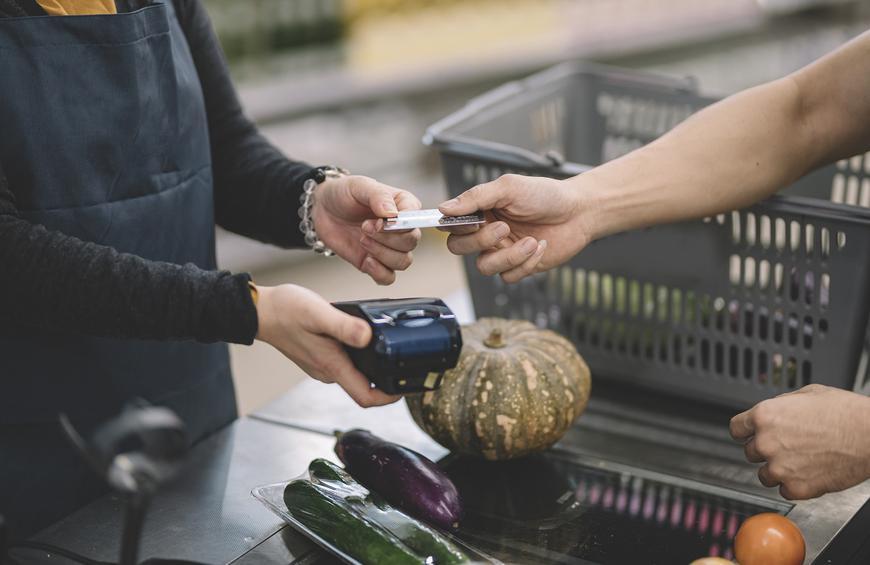
Edwin Tan/E+/Getty Images
Magazines, candy, gum, granola bars and gadgets are all in the checkout line, just begging you to take them home. Resist the urges and keep your eyes on the prize: leaving the store without going over your budget.
Substitute if needed

Compassionate Eye Foundation/Gary Burchell/GettyImages




